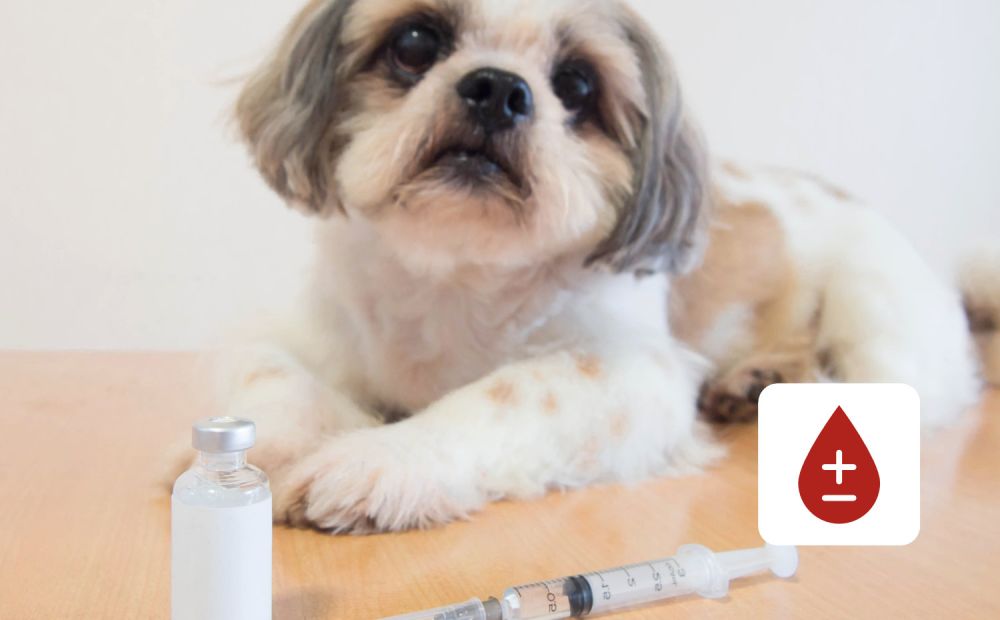Diabetes mellitus in dogs

04.06.2020
A dog with diabetes mellitus lacks insulin. This hormone is responsible for lowering the blood sugar level. The dog's pancreas can either no longer produce enough insulin or the hormone is no longer effective. Both types cause an increase in blood sugar in the dog's body.
Causes:
Just as in humans, a distinction is made between type 1 and type 2 diabetes in dogs. Type 1 is caused by a lack of insulin in the body. This can result from a combination of several factors. One factor, for example, is genetic predisposition. But a disturbance of the immune system or infectious diseases can cause the disease, as well. However, obesity in dogs or the wrong diet can also be decisive for diabetes in dogs.
Diabetes mellitus type 2 is based on the inability of the body to utilize insulin. In this type of disease, insulin is produced in the pancreas, but the body cells cannot recognize the insulin. This leads to insulin resistance. Unlike in humans, this case occurs relatively rarely in dogs. In contrast to dogs, type 2 is the most common form of diabetes in humans.
Symptoms:
The most common symptom or sign that a dog might have diabetes is the development of great thirst. The dog will drink quite a lot of water. This will also increase the urge to urinate, so the kidneys will have to work more. Over time, this can lead to damage to the organs. It is also possible to gain weight, as the dog's metabolism is disturbed by diabetes. In addition, visual disturbances up to blindness can be big consequences. This is because the increased blood sugar level can damage the blood vessels of the retina in the dog's eyes. It can also lead to vomiting, apathy and listlessness. This happens because the dog's body is not supplied with enough energy due to diabetes.
Treatment:
If you notice any of the above symptoms in your dog, contact a vet urgently. The vet will be able to determine whether your dog is diabetic or has another disease through laboratory tests. The severity of the disease determines the progress of the treatment. As a rule, dogs require insulin, which means that in future you will have to administer insulin by injection. In addition, your dog's diet must be adapted to the disease. Timely treatment can help your dog with diabetes to lead a normal and healthy life. It is therefore advisable to feed special dietary foods to regulate the glucose supply. If your dog is overweight, you should do something about it. Make sure you have a varied everyday life and that your dog is sufficiently active. If your dog is working at full capacity and is on a diet without extra sugar, diabetes can even be prevented.
We wish you all the best!








